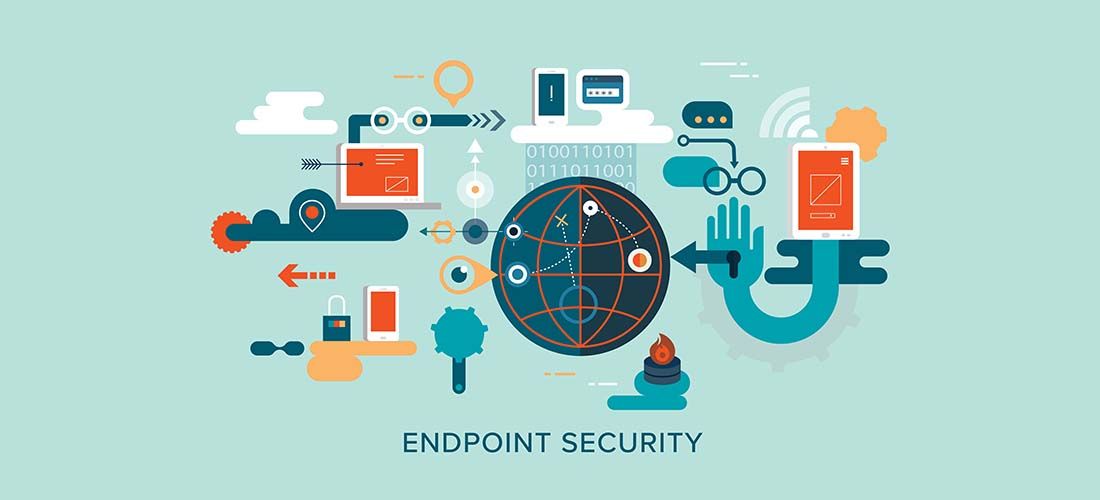
The Growing Importance of Endpoint Security in Remote Work Environments
Remote work is no longer a temporary solution—it’s now the standard operating model for businesses worldwide. From Nairobi to New York, organizations are embracing flexible work arrangements to cut costs, boost employee satisfaction, and stay competitive. However, this shift comes with a critical challenge: endpoint security. Every laptop, smartphone, or tablet used by employees outside the office becomes a potential entry point for hackers. Without strong endpoint protection, one compromised device could endanger an entire business network.
This blog explores why endpoint security has become more critical than ever in remote work environments, real-world examples of risks and solutions, and practical tools businesses can use to safeguard their operations.
Why Endpoint Security Matters in Remote Work
-
Increased Attack Surface – Remote employees use personal devices, home Wi-Fi, and cloud apps. Each is a potential vulnerability.
-
Data Sensitivity – Employees often access confidential business data on endpoints. If compromised, it could lead to data theft or regulatory fines.
-
Lack of Centralized Control – Unlike corporate networks, personal devices may lack enterprise-grade firewalls, antivirus, or monitoring.
-
Rise of Phishing & Ransomware – Hackers target remote workers with fake login pages, malicious email links, and malware disguised as work files.
Real-World Examples
-
The Nairobi Case: A mid-sized company in Nairobi had confidential client files stolen when a remote worker’s personal laptop—without updated antivirus—was hacked. The breach not only cost the company financially but also damaged its reputation.
-
The Success Story: Another firm implemented Endpoint Detection and Response (EDR) tools. When malware attempted to infiltrate a remote worker’s device, the tool detected suspicious behavior and quarantined it instantly—averting a potential ransomware attack.
These examples show the two extremes: neglecting endpoint security leads to disaster, while investing in it builds resilience.
Key Tools for Endpoint Security in Remote Work
-
Endpoint Detection and Response (EDR) – Continuously monitors devices, detecting unusual activities and automatically responding to threats.
-
Multi-Factor Authentication (MFA) – Prevents unauthorized access even if login credentials are stolen.
-
Mobile Device Management (MDM) – Lets IT teams enforce security policies, push updates, and remotely wipe lost/stolen devices.
-
Zero Trust Frameworks – Every device and user must be verified before accessing business resources—no exceptions.
-
Next-Gen Antivirus (NGAV) – Goes beyond signature-based detection, using AI to spot new and evolving malware.
Practical Strategies for Businesses
-
Train Remote Workers: Educate employees on phishing scams, safe Wi-Fi use, and proper device handling.
-
Enforce Updates: Ensure all devices have the latest OS and security patches.
-
Encrypt Data: Sensitive business data on laptops and phones should be encrypted at rest and in transit.
-
Monitor 24/7: Use centralized monitoring systems to keep an eye on endpoints across geographies.
-
Policy Enforcement: Implement clear security policies—such as not using personal devices without approval.
Conclusion
In the age of remote work, endpoint security is the frontline defense against cyber threats. Businesses must recognize that every laptop, smartphone, and IoT device is a potential entry point. By adopting robust tools like EDR, MFA, and MDM—while also training employees—organizations can prevent small vulnerabilities from becoming costly breaches.